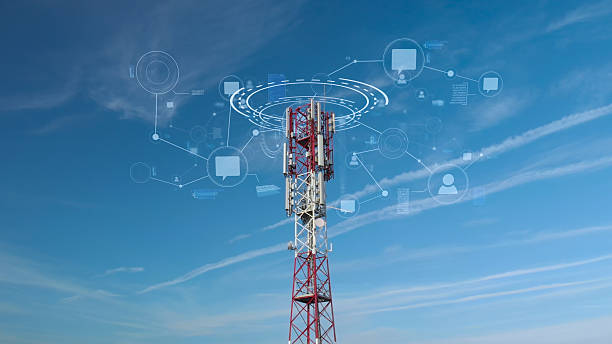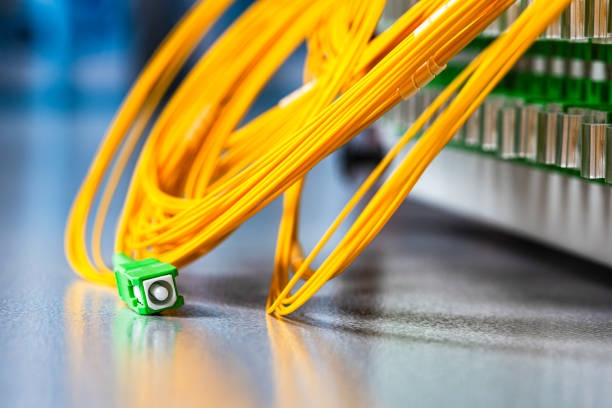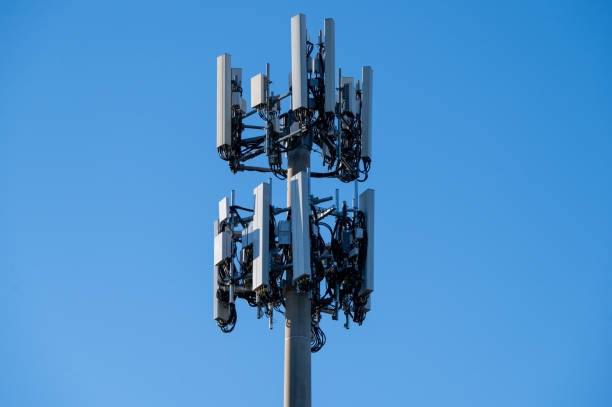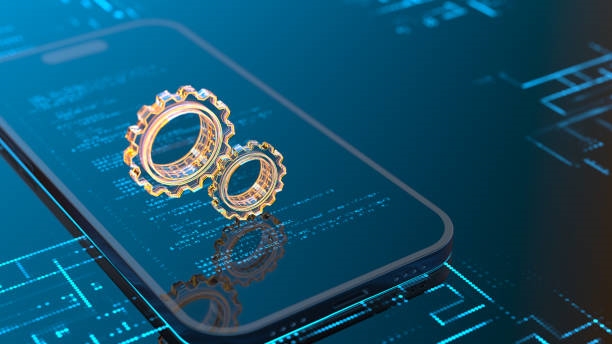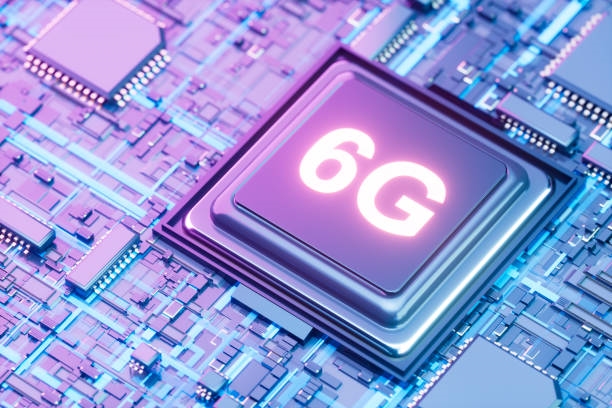Key technologies
Mobile communication technology involves several key technologies. The following lists the main ones:
- Cellular network technology: Cellular networks divide a geographic area into cells, each served by a base station. Common cellular technologies include GSM for 2G, CDMA2000 and WCDMA for 3G, LTE for 4G, and 5G.
- Multiple access techniques: These allow multiple users to share limited spectrum resources. Common techniques include time division multiple access (TDMA), code division multiple access (CDMA), and frequency division multiple access (FDMA).
- Modulation and demodulation: These techniques convert digital signals into forms suitable for transmission and restore them at the receiver. Common modulation methods include amplitude modulation (AM), frequency modulation (FM), and phase modulation (PM).
- Wireless transmission technologies: These include radio transmission, infrared, visible light communication, and satellite communication. Radio transmission is the primary method in mobile communications, using electromagnetic waves to carry information through the air.
- Antenna technology: Antenna design and placement are used to transmit and receive wireless signals. Different antenna types provide different coverage and penetration characteristics, such as directional antennas, wide-angle antennas, and distributed antenna systems.
- Coding and decoding: Error control and data integrity techniques used during transmission, including error-detection and correction codes, compression, and channel coding.
- Mobile internet technologies: The convergence of mobile communication and the internet enables users to access internet services from mobile devices, including wireless LAN (WLAN), mobile apps, and cloud computing.
These technologies work together to build modern mobile communication systems, enabling efficient information transfer and global mobile communication services.
Application scenarios
Mobile technologies are widely applied across many fields. Major application areas include:
- Mobile communication: The fundamental use of mobile technology is to provide voice, messaging, and data services to mobile devices such as smartphones and tablets.
- Mobile internet: The spread of mobile technology has enabled widespread mobile internet access for web browsing, app use, and email on mobile devices.
- Mobile payments: Mobile technology facilitates electronic payments via smartphones and other devices, such as QR-code payments and mobile wallets.
- Mobile commerce: Mobile technology has driven the growth of mobile e-commerce, allowing users to browse products, place orders, and pay via mobile devices.
- Location-based services: Combined with positioning technologies, mobile systems provide services based on geographic location, such as navigation, mapping, and location sharing.
- Social media: Mobile technology supports social networking apps that let users stay connected, share photos, and post updates.
- Mobile gaming: Mobile devices host various game types, from casual games to competitive titles and augmented reality (AR) games.
- Mobile health: Mobile technologies combined with sensors enable health monitoring, activity tracking, and health guidance.
Beyond these areas, mobile technologies are used in education, entertainment, transportation, logistics, and enterprise management. As mobile technologies continue to advance, these application domains will expand and deepen.
 ALLPCB
ALLPCB


